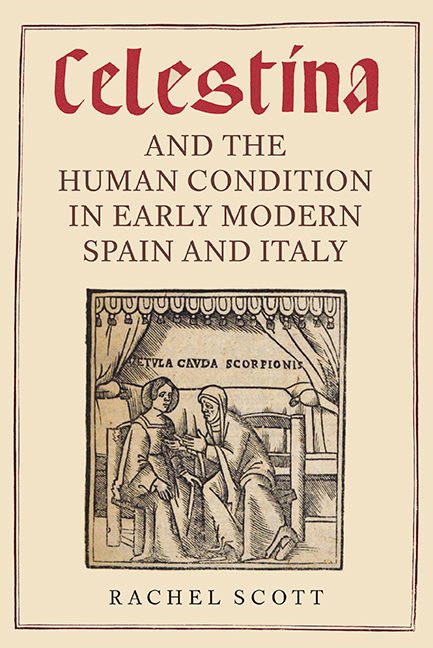Book contents
- Frontmatter
- Dedication
- Contents
- List of Illustrations
- Acknowledgements
- Note on Editions, Transcriptions, and Translations
- Introduction
- 1 Debating the Human Condition: Celestina's Interlocutors
- 2 Self-knowledge and Solitude: Diálogo de la dignidad del hombre
- 3 Fashioning Self and Society: Il Cortegiano
- 4 The Myth of Freedom: La vita delle puttane
- 5 Corrupting Women, Corrupting Words: Coloquio de las damas
- Afterword
- Bibliography
- Index
3 - Fashioning Self and Society: Il Cortegiano
Published online by Cambridge University Press: 16 May 2018
- Frontmatter
- Dedication
- Contents
- List of Illustrations
- Acknowledgements
- Note on Editions, Transcriptions, and Translations
- Introduction
- 1 Debating the Human Condition: Celestina's Interlocutors
- 2 Self-knowledge and Solitude: Diálogo de la dignidad del hombre
- 3 Fashioning Self and Society: Il Cortegiano
- 4 The Myth of Freedom: La vita delle puttane
- 5 Corrupting Women, Corrupting Words: Coloquio de las damas
- Afterword
- Bibliography
- Index
Summary
Language, ‘Civilitas’, and Selfhood
In his discussion of elegant style and persuasive rhetoric in the Dialogo de la lengua (1535), Juan de Valdés holds Celestina up as a didactic exemplar suitable for lessons on poetics and rhetoric to teach ‘good conversation’. According to Valdés, ‘ningún libro ay en castellano donde la lengua sté más natural, más propia y más elegante’ (1998: 255). This statement mirrors Rojas's own confession that what first attracted him to the found fragment was ‘su sotil artificio, su fuerte y claro metal, su modo y manera de labor, su estilo elegante, jamás en nuestra castellana lengua visto ni oído’ (Rojas 2000: 6). In the verses accompanying the Comedia he once again draws attention to the quality of his novel-in-dialogue:
Jamás yo no vi en lengua romana,
Después que me acuerdo, ni nadie la vido,
Obra de estilo tan alto y sobido
En tusca ni griega ni en castellana
(Rojas 2000: 12–13)Alonso Proaza, Celestina's first editor, reinforces this message in his own concluding stanzas, placing Rojas in a hierarchy alongside if not superior to authors of classical antiquity:
Cratino y Menandro y Magnes anciano
esta materia supieron apenas
pintar en estilo primero de Atenas
como este poeta en su castellano.
(Rojas 2000: 352)As Valdés's comment shows, Celestina's use and representation of language was clearly a factor in its success. It is no coincidence that Celestina's success in Spain and Italy coincided with a period when speech, oratory, rhetoric, and the art of ‘good conversation’ were at the forefront of intellectual concern.
In Italy the questione della lingua sought to establish linguistic norms and codify the use of the vernacular as well as establish which Italian dialect was most suitable for literary activity.3 Lucia Binotti argues that linguistic discussion in Spain remained much more circumscribed to academic circles (2007: 336).
- Type
- Chapter
- Information
- Publisher: Boydell & BrewerPrint publication year: 2017



